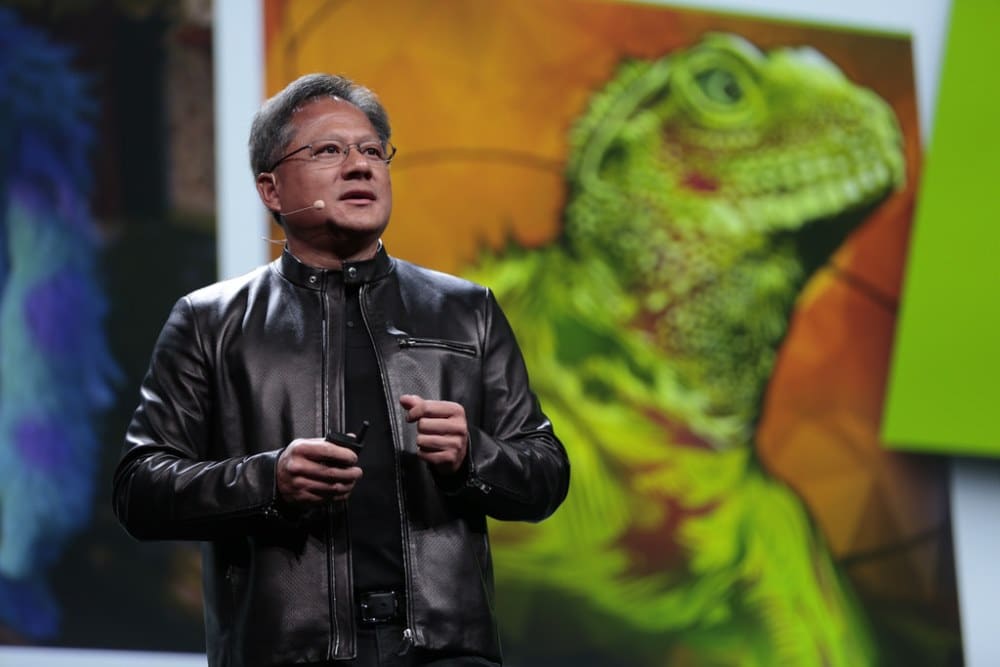

(2005) used a panoramic display to provide visual virtual stimulation. The key features of their system, which still form the basis of most rodent VR setups to date, were a display screen and a treadmill. The first implementation of an actual VR system for rodents was done by Hölscher et al. Stimuli may be adapted with the above setups, however, there is no closed loop between sensory stimulation and an animal’s actions-which is the essence of VR (but see Ellard 2004, for an attempt to gain closed-loop control). In addition, touch screens are used to provide means of interaction (e.g., Sahgal and Steckler 1994, for an early implementation). Apparatuses were designed in which visual stimuli are presented on the environment’s floor instead of its walls, which seems to account well for the tendency of rodents to collect visual information from the lower part of the visual field ( Furtak et al. 2011) as well as setups to measure visual acuity in rodents ( Prusky et al. 2001 Nekovarova and Klement 2006 Busse et al. Further behavioral paradigms included visual learning and discrimination tasks ( Gaffan and Eacott 1995 Eacott et al.

Early studies used computer screens for the presentation of dynamic stimuli to study optic flow utilization and computation of the time to contact an object during spatial behavior ( Sun et al. History and State of the ArtĬomputer-controlled visual stimulation is already applied for years in behavioral testing with rodents. Finally, we comment on the potential of rodent VR applications, which, in our view, has not yet been fully exploited. In particular, we discuss the different experimental approaches and behavioral paradigms in use. Here, we give an overview of VR technologies for rodents including VR applications that go beyond visual stimulation (e.g., tactile, auditory), as well as the findings from related work. 2014) in behaving animals are routinely applied in VR settings. 2013 Schmidt-Hieber and Häusser 2013) and 2-photon calcium imaging of neuronal networks ( Harvey et al. Nowadays whole-cell patch-clamp recordings from single neurons ( Harvey et al. Head-fixation, a commonly used approach in rodent VR settings, allowed applying recording techniques that require a high amount of stability, in behaving animals. These setups became very popular since with them an animal can be held in place, while it moves and interacts with a virtual environment (VE). Meanwhile, VR setups were also developed for rodents (e.g., Hölscher et al. 1999 Leighty and Fragaszy 2003 Hori et al. 2002), whereas, in mammals, VR was initially utilized to study spatial navigation in nonhuman primates (e.g., Matsumura et al. In insects, visuomotor control of flying was studied in VR ( Strauss et al.

At first, VR was used in behavioral studies with humans, but animal experiments soon began to take advantage of this technique. 2011), when sufficient computing power became available. VR was introduced into neuroscience about 2 decades ago ( Tarr and Warren 2002 Bohil et al. In animal experiments, VR may be combined with recently developed experimental tools (e.g., transgenic mouse lines, viral constructs, and genetically encoded calcium indicators) that allow us to observe neuronal activity at the level of specific cell populations during behavior, permitting dissection of the underlying circuitry of perception and behavior. Moreover, sensory stimulation may be provided across multiple modalities in VR to provide a unified perceptual experience that is still precisely controlled. Therefore, it closes the loop between sensory stimulation and motor actions and is a valuable tool for investigating a wide spectrum of behaviors from sensorimotor interactions to spatial navigation and cognition. Virtual reality (VR) provides a simulated artificial environment in which one’s actions determine sensory stimulation. To understand how we perceive and interact with our environment, it is, therefore, essential to consider interactive settings that allow naturalistic behaviors. Traditionally, sensory perception has been studied with passive stimulation of a single sensory modality however, neuronal processing of even simple controlled stimuli might vary greatly at different behavioral states. Sensory inputs, in return, guide our motor actions. We direct our gaze to what we want to look at we choose and approach objects to touch, smell or taste. We perceive the outside world as a result of continuous sensorimotor interactions. Behavioral neuroscience, closed loop, multisensory stimulation, neural coding, sensorimotor integration, spatial navigation.


 0 kommentar(er)
0 kommentar(er)
